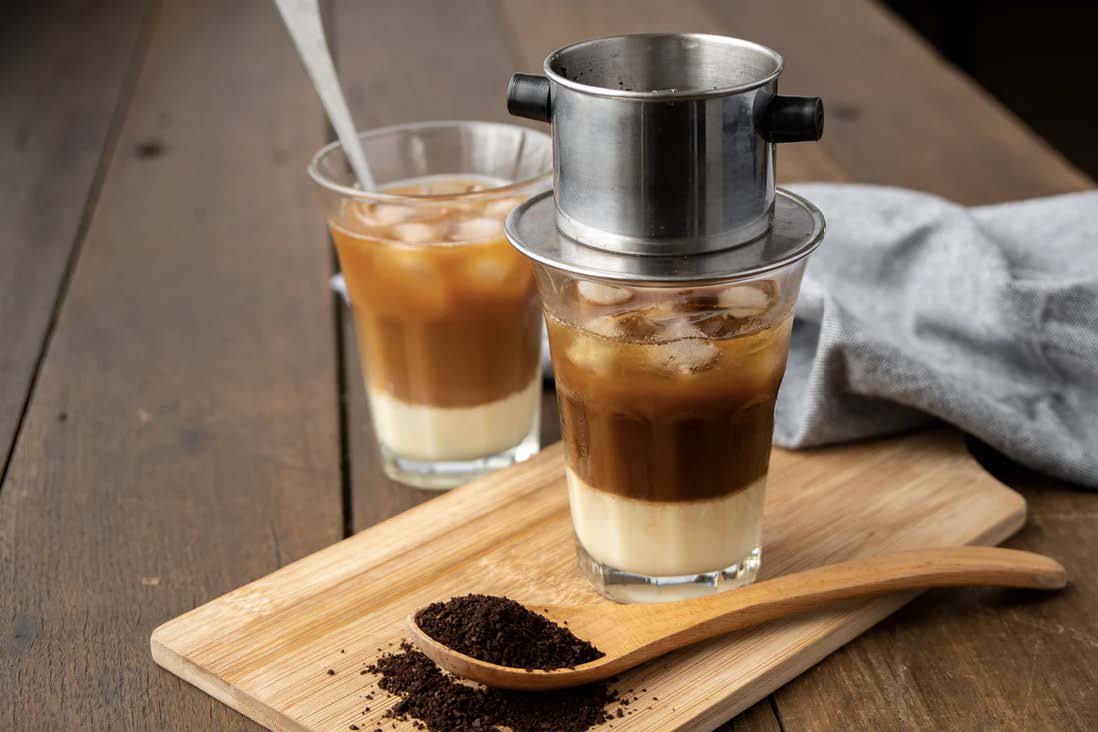Vietnam’s Kitchen Party: Celebrating Old and New In A Delicious Fusion
| By Han Tran |
From Rice Fields to Restaurants: The Journey of Vietnamese Cuisine
From bustling street markets to family kitchens, a nation’s culinary landscape offers a rich tapestry of flavors, rituals, and memories. Through unique ingredients, cooking methods, and traditional dishes, cuisine serves as a window into a country’s history, values, and way of life. And, food has the power to bridge cultural divides and spark curiosity about different customs and traditions. As globalization brings people closer together, experiencing a country’s cuisine becomes an accessible entry point for learning about and appreciating its culture. And this cultural bridge between tradition and change is excitedly evident in the lively and dynamic food scene in today’s Vietnam.
Rice: A Staple Dish in Any Vietnamese Menu
As Vietnam is the third-largest exporter of rice, rice is not only an essential crop but also a symbol of the nation’s spirit. The image of rice is deeply connected with hardworking farmers who labor in tropical conditions to feed their families. Therefore, rice represents the resilience of Vietnamese people through challenges and obstacles. Rice is more than a traditional dish; it signifies Vietnamese culture and spirit. A signature Vietnamese meal always includes rice, a savory protein dish, vegetables, and soup. Rice is used in street food, restaurant meals, and more. Thus, it is a staple in both family meals and restaurants.
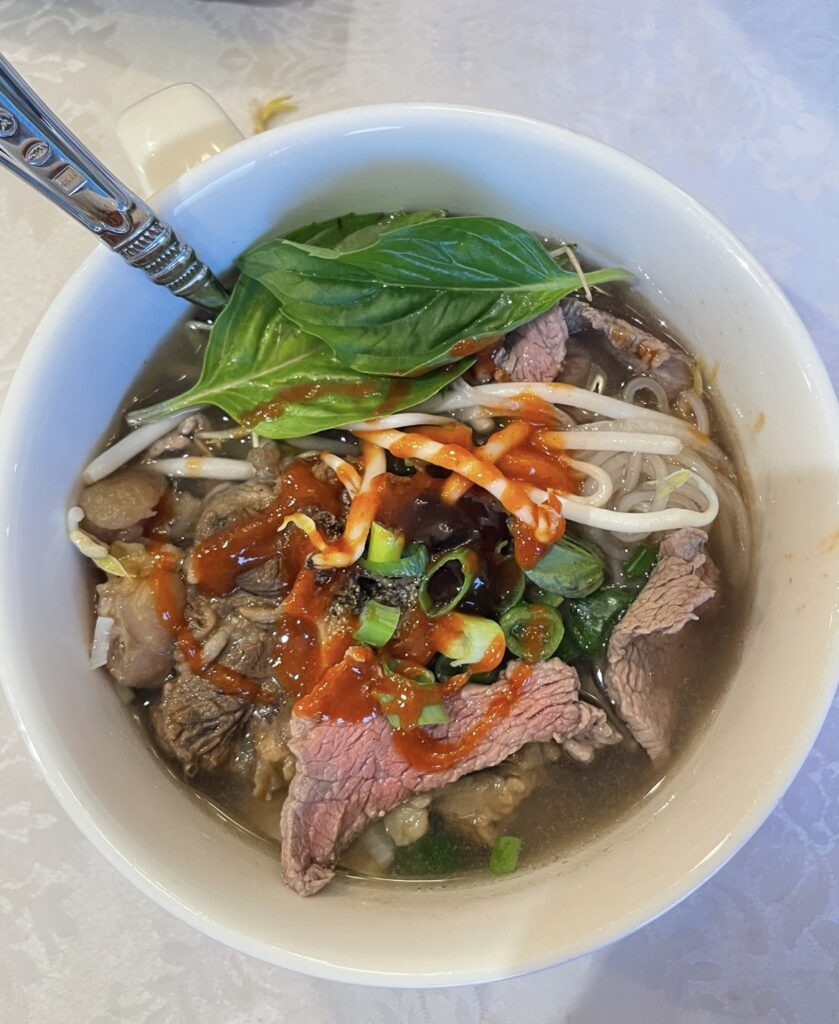
Lemongrass Pork Chop: A Signature Vietnamese Dish
In addition to the famous noodle dish Pho, Vietnam boasts a diverse array of rice plates. One popular example is the Lemongrass Pork Chop, a beloved dish enjoyed by Vietnamese people for breakfast, lunch, and dinner alike. The traditional version features lemongrass-grilled pork, cooked over charcoal for a smoky flavor, served with pickled carrots, chili fish sauce, and rice. Moreover, numerous variations exist, with people often adding ingredients such as sunny-side-up eggs, steamed egg meatloaf, or meatballs to enhance the flavors and create exciting combinations.
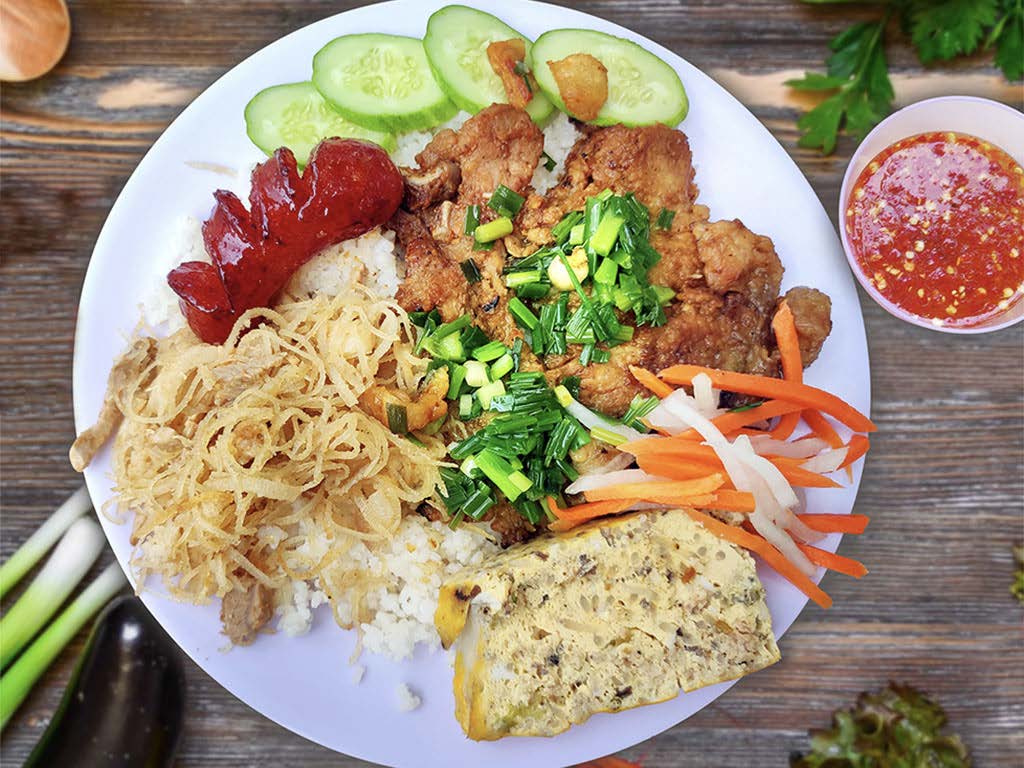
Banh Mi and Bo Ne: Two Takes on a Beloved Dish
Banh Mi, or Vietnamese sandwiches, combines a crusty baguette with layers of butter and pâté, filled with various toppings such as cold cuts, grilled pork, shredded meat, soy sauce, pickled carrots, and cilantro. Not only is it a quick and easy breakfast option, but it’s also very affordable, with prices typically ranging from $1.50 to $4. Additionally, Banh Mi comes in different versions featuring toppings like cha siu pork, sunny-side-up eggs, grilled chicken, and more. Despite the variety of toppings, the pâté and butter spread consistently complement them, creating a harmonious blend of flavors.
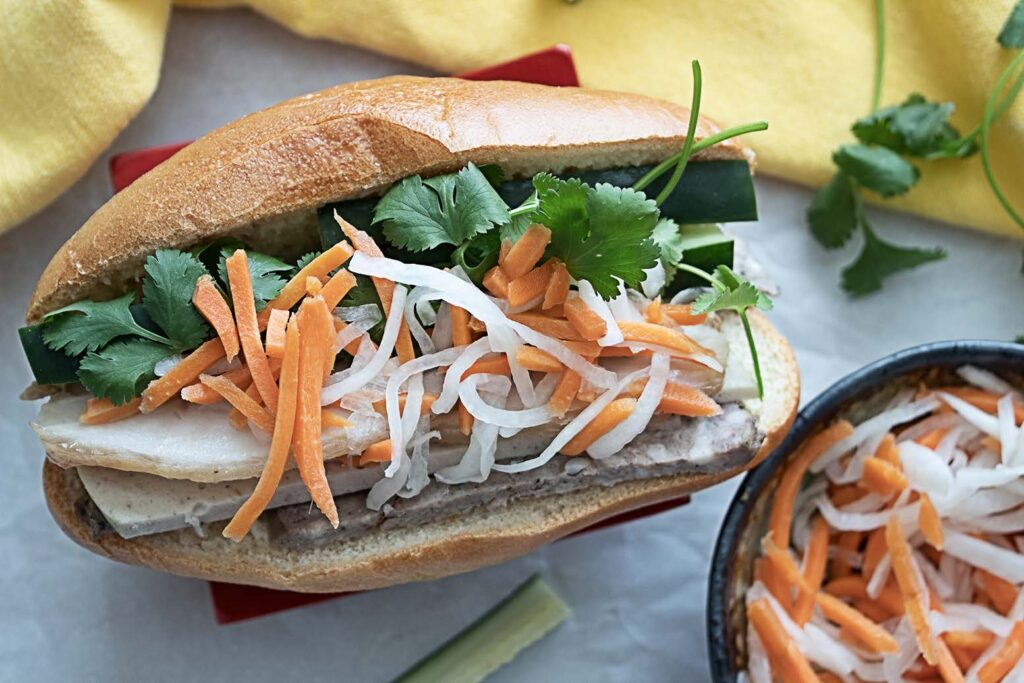
If Banh Mi is the sandwich version, there is a similar dish called Bo Ne that features the same ingredients served on a plate. Bo Ne is presented on a sizzling hot plate, including medium-rare stir-fried beef slices, a sunny-side-up egg, pâté, butter, sausage, cilantro, and a side of banh mi bread. While it offers the same ingredients and flavor combinations, the distinct cooking method and presentation style make Bo Ne a unique dining experience compared to its sandwich counterpart.

A Twist on Tradition: Reinventing Vietnamese Iced Coffee
After the pandemic, many businesses struggled to maintain their operations. However, four years later, the number of restaurants and cafés in Vietnam has grown rapidly, particularly in Ho Chi Minh City and Hanoi. Growing up in a fast-paced environment, entrepreneurs have become trendsetters themselves, introducing new menus and transforming basic dishes into innovative culinary experiences.
For example, Vietnamese iced coffee (Cà Phê Sữa Đá), a classic blend of thick, slow-drip coffee, condensed milk, and crushed ice, has undergone a transformation. Many café shops have experimented with mixing the original coffee with blended coconut milk, creating a “Vietnamese iced coconut coffee. ” The combination of a traditional morning staple with tropical fruit flavors has resulted in a signature yet special drink enjoyed by both tourists and locals alike.
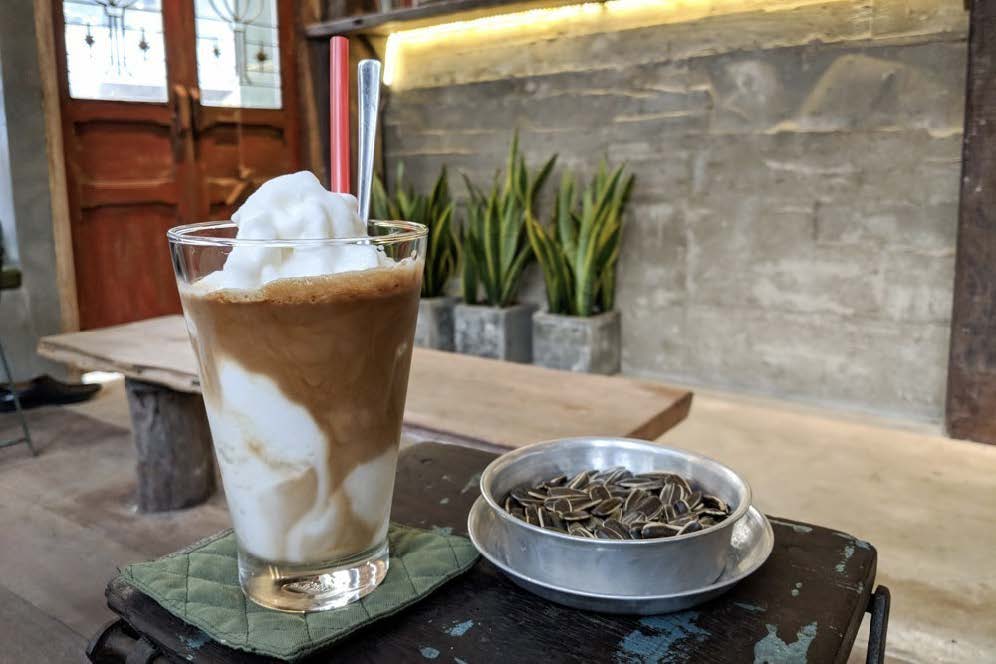
Tradition Meets Innovation: The Future of Vietnamese Dining
Vietnamese cuisine embodies the timeless culture, resilience, and innovative spirit of the Vietnamese people. From the fundamental staple of rice, culinary enthusiasts across society – from professional chefs to home cooks and street vendors – have created new versions of traditional dishes such as Lemongrass Pork Chop to meet modern tastes. This culinary evolution showcases the country’s agricultural heritage and its ability to adapt to contemporary trends. While innovations like Vietnamese Coconut Iced Coffee emerge, the harmonious blend of tradition and creativity continues to shape the nation’s dynamic food scene, resulting in a cuisine that is both timeless and dynamic.
Featured Image Photo Credit: VietCaPhe

